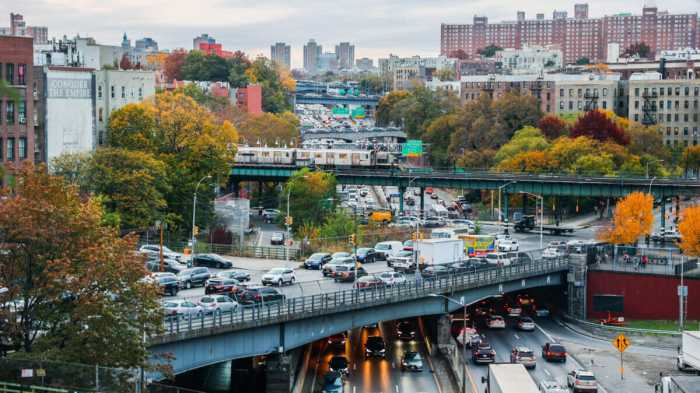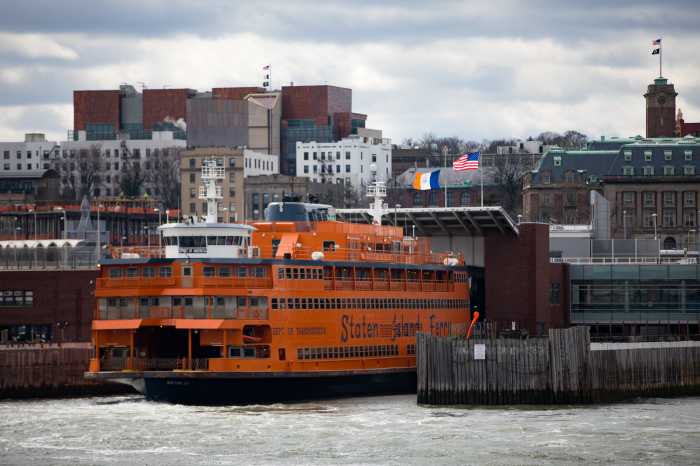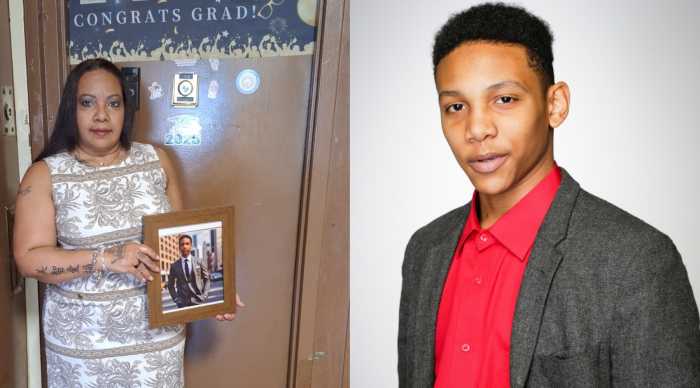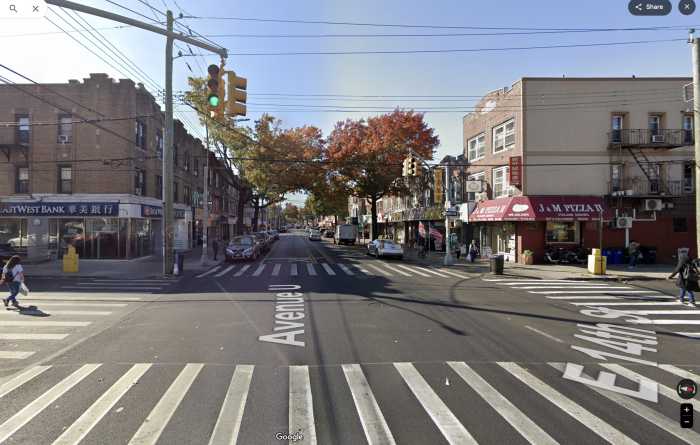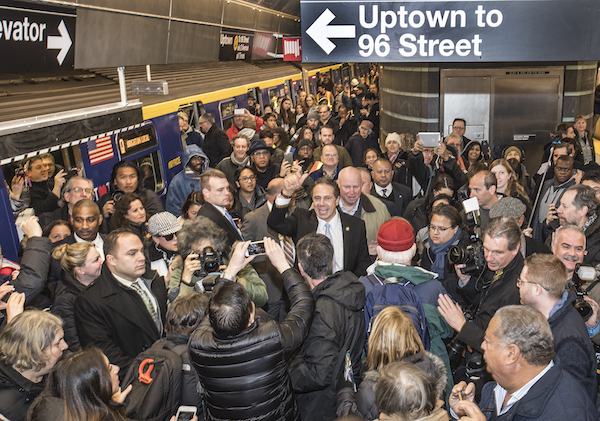
BY JACKSON CHEN | The Second Avenue Subway is succeeding in relieving congestion for Upper East Side commuters on the Lexington Avenue lines, according to statistics released this week by the Metropolitan Transportation Authority.
A month into service, the Second Avenue Subway saw more than 155,000 riders on January 27, according to the agency’s numbers released on February 1. The ridership was calculated by the agency tallying the commuters who entered and exited the three new stations from 72nd to 96th Street as well as used the line’s transfer point to the existing subway network.
On that Friday, the Second Avenue Subway’s 96th Street station saw more than 30,000 unique riders, the 86th Street station served close to 46,000 commuters, and the 72nd Street station saw the most, at 51,000 subway riders. The Lexington Avenue-63rd Street station saw more than 28,000 passengers transferring to and from the F line.
“The Second Avenue Subway has already become an integral part of the Upper East Side, and these ridership figures show just how important this expansion project is to the neighborhood and our economy,” Governor Andrew Cuomo said in a release. “This project is proof that government can still get big things done, and these early ridership numbers send a clear message that when we deliver on our promises New Yorkers respond.”
The 155,000 riders still falls below the MTA’s estimated daily ridership of 200,000 for the Second Avenue Subway, but the agency said ridership has grown steadily at 8,000 additional users each week.
While the new line seems successful on its own merits, another barometer of the Second Avenue Subway’s impact was drawn from evidence of reduced congestion on the Lexington Avenue lines.
According to the MTA’s numbers, the Lexington Avenue Line’s 96th Street station dropped from 55,000 riders to 41,000, the 86th Street station fell from 132,000 riders to around 95,000, the 77th Street station saw a reduction from 74,000 to 60,000 and the 68th Street station declined from 66,000 riders to 45,000.
John Fallon, an Upper East Sider who is a member of the East 72nd Street Neighborhood Association, said his commute can be as little as 10 minutes from the 57th Street station near his law offices to the 72nd Street station by his home.
“Overall it’s great,” Fallon said, adding he’s been riding the line since its opening. “They’ve done a very good job and it came out a lot better than I expected. It’s very convenient.”
The attorney said he was initially critical of the potential disruptive nature of the station design and construction near him, but that the end result overall is positive. Fallon said the Q trains are usually not crowded, especially compared to the Lexington Avenue lines he used to frequent and has since not returned to.
Business owners on or near Second Avenue who suffered through the lengthy construction of the line are now more hopeful of customers returning. Sammy Musovic, president of the Second Avenue Merchant’s Association and owner of three restaurants on the avenue, said he’s been seeing more foot traffic in the area.
“It’s definitely gotten better, people are feeling more confident, and Second Avenue has become more inviting,” Musovic said. “It’s definitely been helpful, not a lot, but I see one of my restaurants… maybe like a three percent increase.”
Musovic predicted that once the weather gets warmer, people will begin walking around and stopping by outdoor cafes, and that’s when his restaurants will really see a boom in business.



